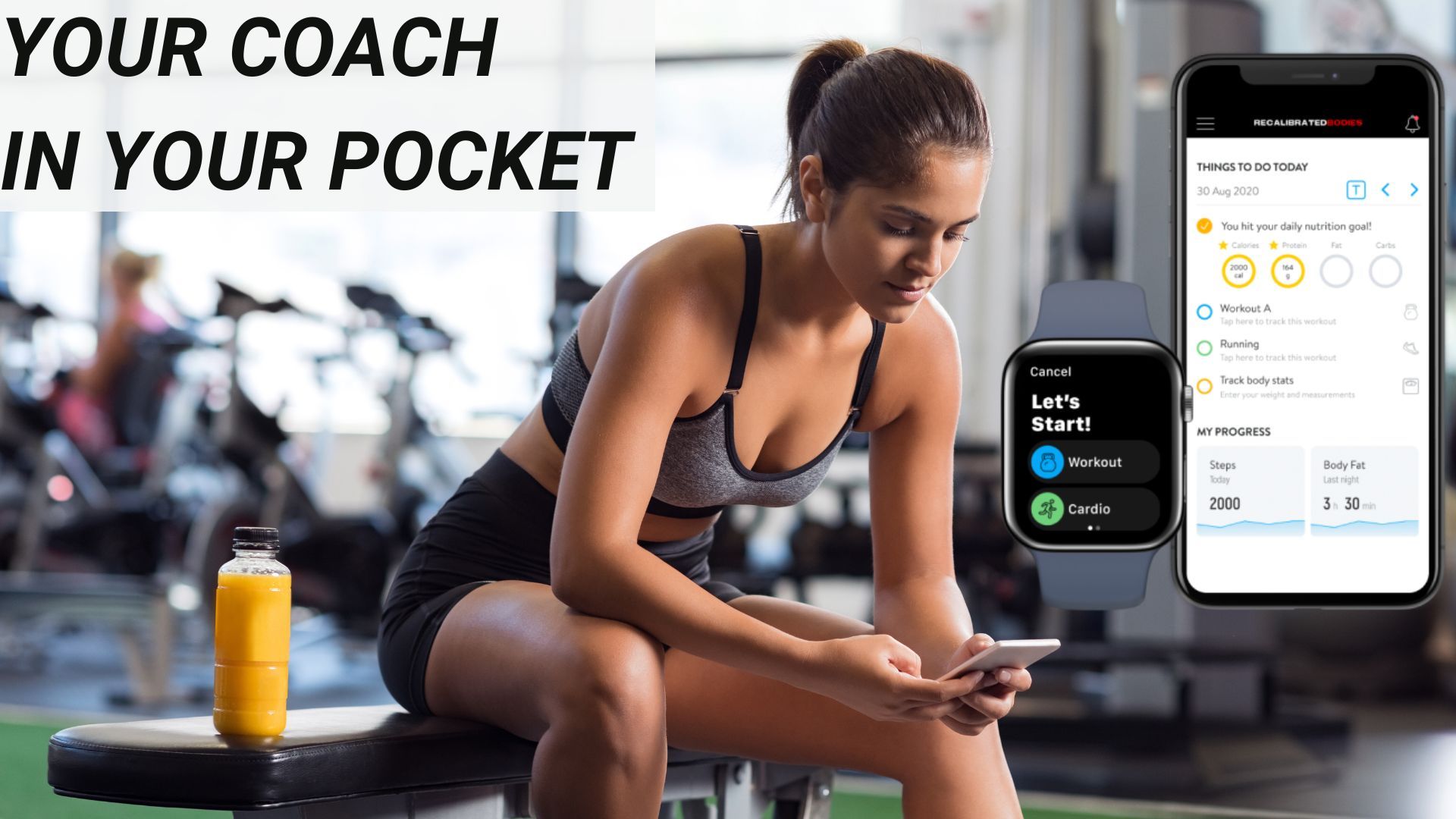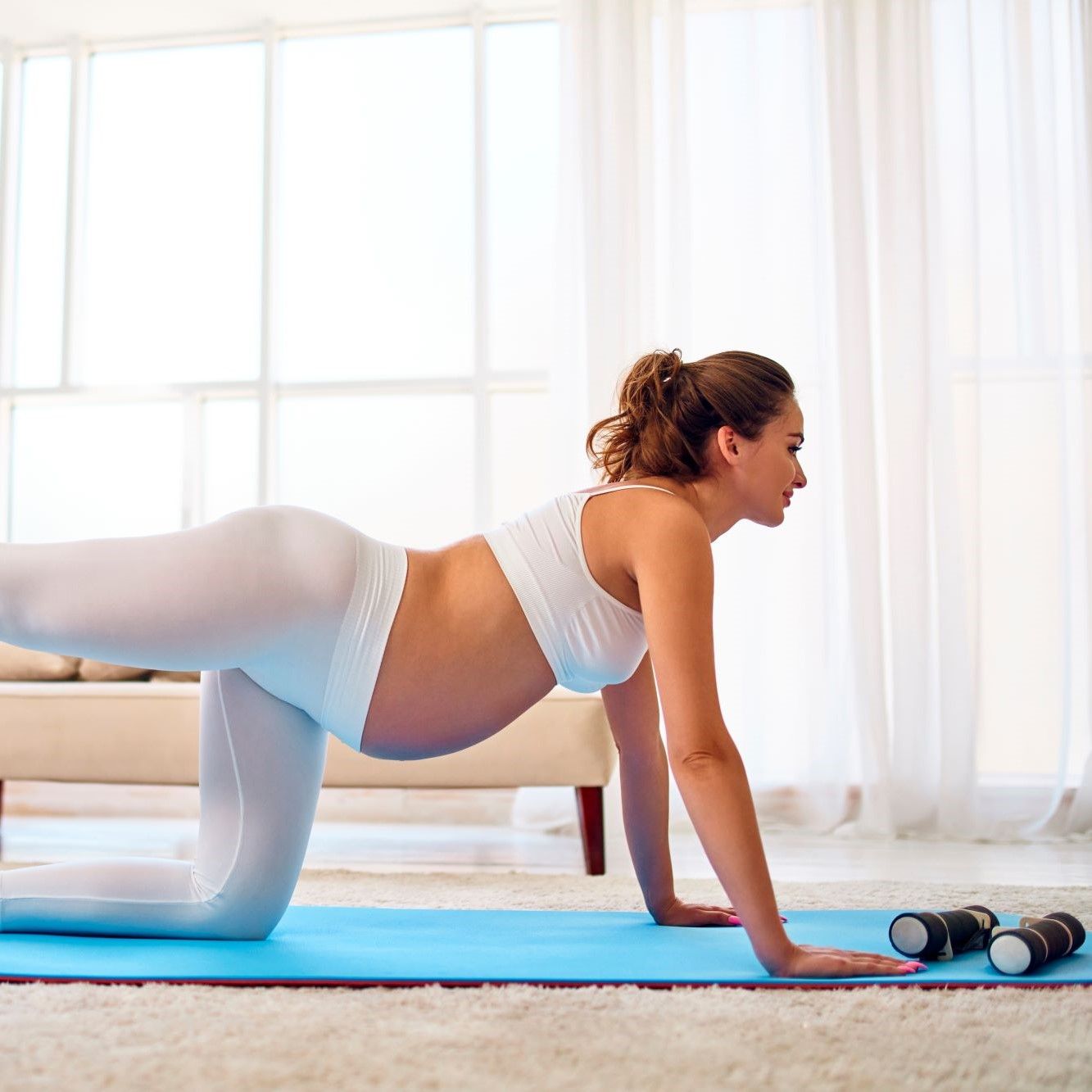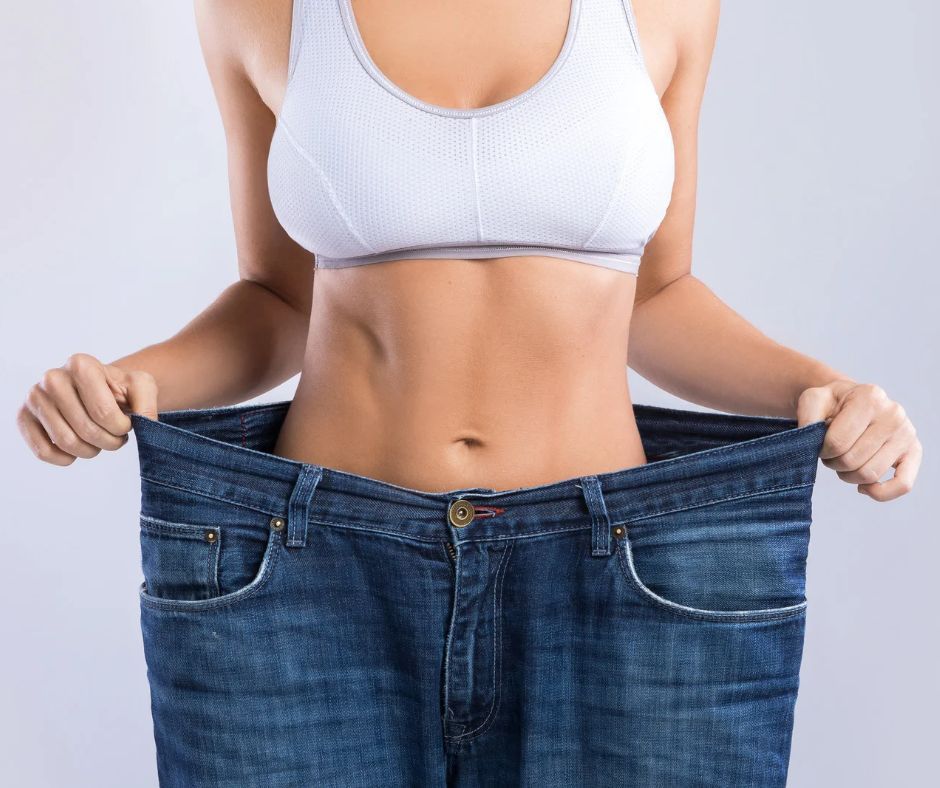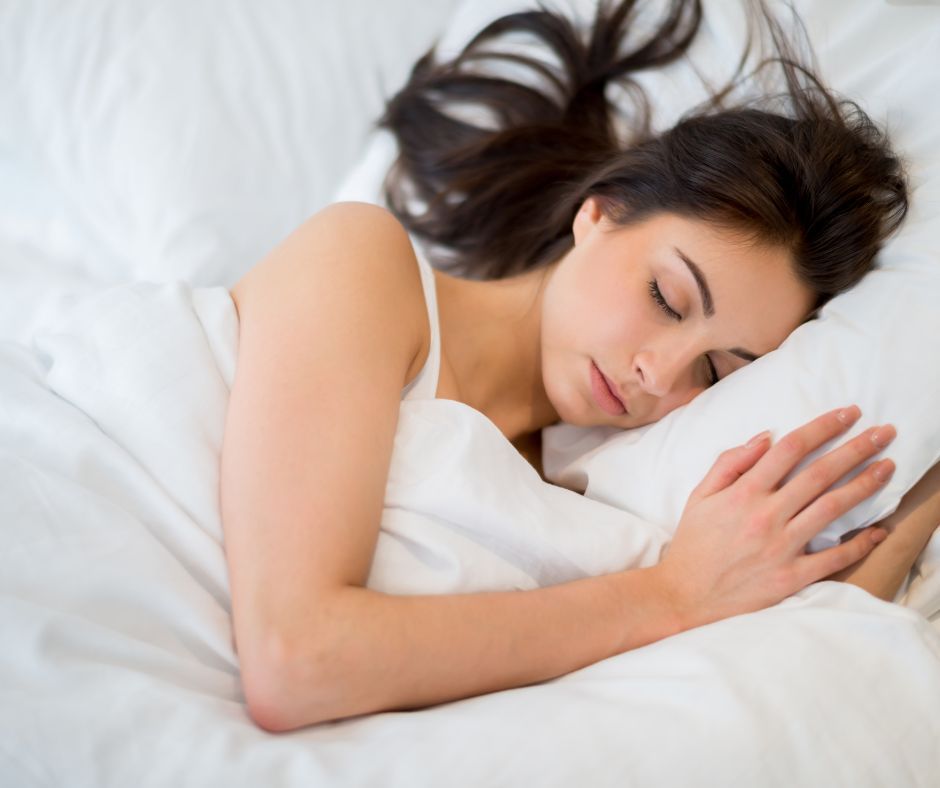Did you know that up to 80% of women report symptoms such as acne, bloating, fatigue, and mood changes in a couple of weeks leading up to menstruation?! These symptoms qualify as premenstrual syndrome in 20-30% of pre-menopausal women and can be severe enough to interfere with social functioning and life activities, meaning they meet the clinical criteria for premenstrual syndrome (PMS) (1,2). PMS is characterised by recurrent, moderate-to-severe affective, physical, and behavioural symptoms that develop during the luteal menstrual cycle and disappear within a few days of menstruation (3). This article will look at the possible causes of PMS and methods to help alleviate the symptoms associated with it.
What causes PMS?
The exact cause of PMS is still largely unknown, but it’s been suggested that levels of brain chemicals called neurotransmitters, such as serotonin, may play a part in causing PMS (4) and increased sensitivity to the hormone progesterone (5). Other studies suggest that the hormone estrogen causes fluid retention, which probably explains the temporary weight gain, breast tenderness, and bloating experienced by many women with PMS (6). Other hormonal and metabolic changes may also be involved, but further research is needed.
A rise in progesterone stimulates sebum secretion (a thick, oily substance that naturally lubricates the skin). In combination with increased testosterone levels, it can lead to pores becoming blocked; making it difficult for the excess oil to escape (21). This results in increased spots, pimples, and white and blackheads.
How to manage PMS
With 4 out 5 women experiencing the classic symptoms, and 1 out of 5 meeting the criteria for actual PMS, there’s a pretty solid chance you’ve had some type of premenstrual symptom at some point in your life. If your symptoms are mild to moderate, they can often be relieved by changes in lifestyle, diet, and/or supplements. If your PMS symptoms begin to interfere with your life, it is best to discuss them with your healthcare provider as medication can sometimes be necessary, however, some factors that can lessen the severity of PMS include:
Improve Sleep Quaity & Duration
A lack of quality sleep has been linked to depression and anxiety and can make PMS symptoms such as moodiness worse (7). Reducing caffeine intake in the latter half of the day, avoiding overstimulation by using phones/laptops for an hour before bedtime, and working on creating a melatonin-friendly (your sleep hormone) environment by dimming lights and preparing your body for rest, are ways to help improve sleep initiation.
Exercise
Lower intensity aerobic exercises, such as jogging, has been shown to decrease levels of prolactin, oestradiol and progesterone, resulting in improvement of fatigue, concentration, confusion, and most premenstrual symptoms (8).
Quit smoking
Kick your smoking habit! In one large study, women who smoked reported more and worse PMS symptoms than women who did not smoke (9).
Correcting possible nutrient and mineral deficiencies
A deficiency in calcium, magnesium, and vitamin B and D – all of which are essential for neurotransmitter synthesis and hormonal balance - are potentially involved in the underlying pathogenesis of PMS (10). Blood work can establish such deficiencies and dietary and supplement regimes can then be implemented where deficiencies do present.
Calcium
Supplementation of up to 1200 mg has been shown to help with anxiety, depression, emotional changes, and water retention (7,11). Include a variety of calcium-rich foods such as seeds, dairy products such as cheese and yogurt, almonds, whey protein, as well as canned salmon/sardines, beans and lentils, and leafy greens.
Vitamin D
Research has shown that women with high levels of Vitamin D are less likely to develop PMS than those with lower levels (12). A further study found that anxiety and irritability scores, and sadness and crying easily, decreased significantly upon correcting a vitamin D deficiency (13).
Vitamin B
The risk of developing PMS is lower in women with a high dietary intake of vitamin B than in those with a low intake (14). As B vitamins help with serotonin metabolism, a deficiency can hinder this process, which can increase mood disorders (15,16). The best sources of B vitamins are meat, eggs and dairy products, legumes, seeds and nuts, dark leafy vegetables and whole grains such as brown rice.
Magnesium
Supplementation has been shown to help with water retention, migraines, cravings and anxiety (17). There are some mixed outcomes in the literature regarding magnesium and PMS, but overall there seems to be a benefit in rectifying deficiencies. According to the World Health Organisation, almost 75% of people are failing to meet the U.S. Food and Drug Administration’s Recommended Daily Intake of 420 mg (18).
Supplementation
Certain supplements, such as vitex agnus-castus (VAC) and sage, can help to reduce PMS symptons.
Vitex Agnus-Castus (VAC)
Also known as Chaste Tree, VAC can help to reduce prolactin levels (19), which essentially reduced breast tenderness by 97.8% in one study (20). The same study showed a reduction in headaches by 31%, nervousness by 55%, and restlessness by 60%. Any research I have come across supports the use of VAC in the treatment of PMS and was one of my go-to supplements in clinical practice. (Note: women taking hormonal birth control or hormone therapy for menopause symptoms should not take VAC).
Whilst research is available to support the use of VAC to treat PMS symptoms as a whole, further research is required to support its use for PMS-related acne. However, the whole fruit extract of VAC helps to increase progesterone levels by acting on the follicle-stimulating hormone, as well as helping to reduce oestrogen levels via the dopaminergic mechanism. This combination helps to reduce premenstrual prolactin and could be a mechanistically viable means of minimising breakouts (22). Staying adequately hydrated, minimising excessive stress, eating a nutrient-dense diet with an abundance of minerals and vitamins, and exercising are also of paramount importance for skin health.
Sage
Also known as Salvia Officinalis, it has recently been shown to be an effective agent to reduce the severity of both psychological and physical symptoms of PMS (23).
Have a coach help you with your diet, exercise, and lifestyle to improve your PMS symptoms and quality of life
PMS can be a real battle to deal each month, but exercising and improving your diet and lifestyle doesn't need to be battle. The key is to have your training and nutrition tailored your body, preferences, and requirements. We design your programs to work with you, as opposed to you working for the program, so that it compliments your life. Find the best program for you!
References
- Biggs W and Demuth R. Premenstrual syndrome and premenstrual dysphoric disorder. American Family Physician, 84: 918–24, 2011.
- Quintana-Zinn FA, Whitcomb BW, Ronnenberg AG, Bigelow C, Houghton SC and Bertone-Johnson ER. Premenstrual Symptom Patterns and Behavioral Risk Factors in Young Women: A Cross-Sectional Study. J Womens Health (Larchmt), 26(10): 1099-1105, 2017.
- Ryu A and Kim TH. Premenstrual syndrome: A mini review. Maturitas, 82 (4):436-40, 2015.
- Lobo R and Pinkerton J. Premenstrual Syndrome (PMS) and Premenstrual Dysphoric Disorder (PMDD). The Journal of Clinical Endocrinology & Metabolism, 95 (4), 2010.
- Yonkers K, O’Brien P and Eriksson E. Premenstrual Syndrome, Lancet, 371(9619): 1200-1210, 2008.
- Faratian B, Gaspar A, O’Brien PM, Johnson IR, Filshie GM and Prescott P. Premenstrual syndrome: weight, abdominal swelling, and perceived body image. Am J Obstet Gynecol. 150:200–04, 1984.
- American College of Obstetricians and Gynecologists. (2015) Premenstrual Syndrome (PMS) FAQ. Available from: www.acog.org/Patients/FAQs/Premenstrual-Syndrome-PMS, (Accessed March 5th 2019)
- El-Lithy A, El-Mazny A, Sabbour A and El-Deeb, A. Effect of aerobic exercise on premenstrual symptoms, haemotological and hormonal parameters in young women. Journal of Obstetrics and Gynaecology. 3: 1–4. (2014).
- Dennerstein L, Lehert P and Heinemann K. Global epidemiological study of variation of premenstrual symptoms with age and sociodemographic factors. Menopause International; 17(3): 96–101, 2011.
- Kaewrudee S, Kietpeerakool C, Pattanittum P and Lumbiganon P. Vitamin or mineral supplements for premenstrual syndrome. Cochrane Gynaecology and Fertility Group, 1, 2018.
- Shobeiri F, Araste F, Ebrahimi R, Jenabi E and Nazari M. Effect of calcium on premenstrual syndrome: A double-blind randomized clinical trial. Obstet Gynecol Sci, 60(1): 100-105, 2017
- Bertone-Johnson ER, Chocano-Bedoya PO, Zagarins SE, Micka AE, Ronnenberg AG. Dietary vitamin D intake, 25-hydroxyvitamin D3 levels and premenstrual syndrome in a college-aged population. J Steroid Biochem Mol Biol. 121(1–2):434–437, 2010.
- Tartagni M, Cicinelli MV, Tartagni MV, Alrasheed H, Matteo M, Baldini D, De Salvia M, Loverro G, Montagnani M Vitamin D Supplementation for Premenstrual Syndrome-Related Mood Disorders in Adolescents with Severe Hypovitaminosis D. J Pediatr Adolesc Gynecol. 29(4):357-61, 2016.
- Chocano‐Bedoya PO, Manson JE, Hankinson SE, Willett WC, Johnson SR, and Chasan‐Taber L, Dietary B vitamin intake and incident premenstrual syndrome. American Journal of Clinical Nutrition, 93:1080‐6, 2011.
- Hvas AM, Juul S, Bech P and Nexø E. Vitamin B6 level is associated with symptoms of depression. Psychotherapy and Psychosomatics,73(6):340‐3, 2004.
- Lewis JE, Tiozzo E, Melillo AB, Leonard S, Chen L, Mendez A, et al. The effect of methylated vitamin B complex on depressive and anxiety symptoms and quality of life in adults with depression. ISRN Psychiatry, 621453, 2013.
- Facchinetti F, Borella P, Sances G, Fioroni L, Nappi RE, Genazzani AR. Oral magnesium successfully relieves premenstrual mood changes. Obstet Gynecol, 78(2):177–81,1991.
- WHO/CDC. Methodological approaches to estimating globl and regional prevalences of vitamin and mineral deficiencies. Report on the Joint World Health Organisation/US Centers for Disease Control and Prevention Technical Consultation. Atlanta, USA, 7-9 December 2010. Geneva: World Health Organisation; 2014.
- Wuttke W, Jarry H, Christoffel V, Spengler B, and Wuttke D. Chaste tree (Vitex agnus-castus)-pharmacology and clinical indications. Phytomedicine, 10(4):348-57, 2003.
- Zamani M, Neghab N and Torabian S. Therapeutic effect of Vitex agnus castus in patients with premenstrual syndrome. Acta Med Iran. 50(2):101-6, 2012.
- Elsaie M. Hormonal treatment of Acne Vulgaris: an update, Clin Cosmet Investig Dermatol. 9: 241-248, 2016.
- Hamid Nasri, Mahmoud Bahmani, Najmeh Shahinfard, Atefeh Moradi Nafchi, Shirin Saberianpour, and Mahmoud Rafieian Kopaei. Medicinal Plants for the Treatment of Acne Vulgaris: A Review of Recent Evidences, Jundishapur J Microbiol. 8(11), 2015.
- Abdnezhad R, Simbar M, Sheikhan Z, Mojab F and Nasiri M (2018) Salvia officinalis Reduces the Severity of the Premenstrual Syndrome. Complement Med Res, doi: 10.1159/000490104.










